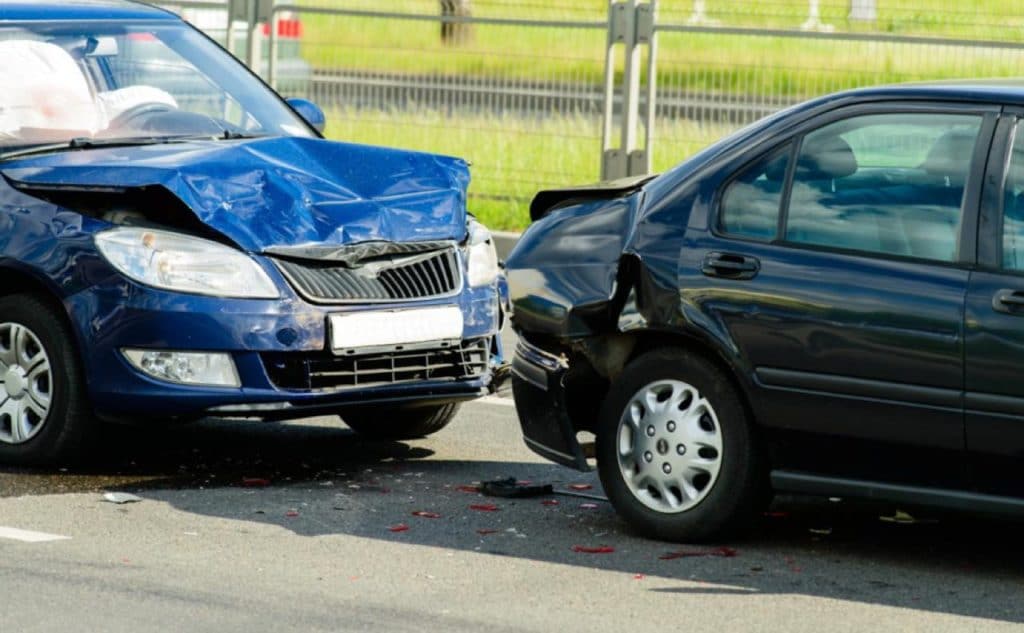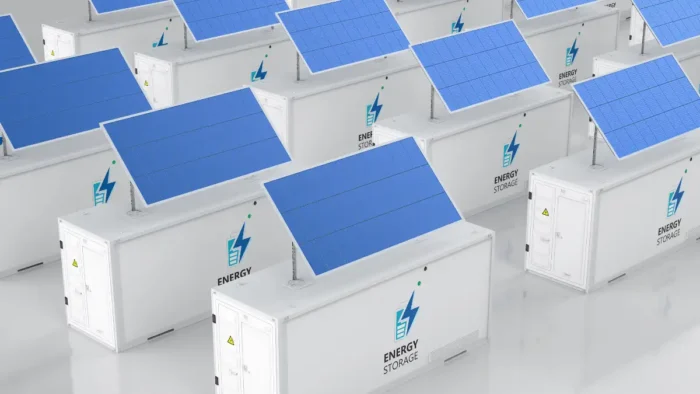Work-related motor vehicle accidents account for 40% of collisions every year.
From rear-end collisions caused by faulty brake lights to major crashes as a result of driver fatigue, there are many reasons work-related accidents happen.
Here’s the lowdown on the most common types of car accidents at work – and how you can reduce the risk to your fleet and drivers.
5 Most Common Types of Car Accidents at Work
Most car accidents that happen at work fall into one of these key categories. When you know what they are, it’s much easier to create a prevention program to reduce the risk of these accidents happening to your fleet.
1. Rear-End Collisions
Rear-end collisions often happen at low speed as drivers come to a junction or the back of a traffic jam.
The low speed may seem to not have a great impact on the vehicle or driver, but injuries such as whiplash can occur at speeds as low as 10mph or less.
Rear-end collisions, when the front of another driver’s vehicle collides with the trunk of your fleet vehicle, are caused either by malfunctioning brake lights or lack of driver attention.
They also occur when a driver slams the brakes on suddenly and the vehicle behind has not left enough space between the vehicles to also come to a safe stop.
For more additional information about the cause – and responsibility – of rear-end collisions, this website is worth a look.
2. Side Impact Collisions
Also known as a t-bone collision, these occur when one vehicle is hit side-on by another. It commonly happens at junctions, where traffic is likely to be moving on perpendicular roads.
The cause of side-on collisions is often due to driver error, such as failing to stop at a red light or stop sign. Other reasons can be inclement weather increasing stopping distances or causing vehicles to veer across the road.
3. Head-On Crashes
A head-on crash is when two vehicles collide hood-first. This type of crash is serious, as the impact causes a significant risk of injury as well as major engine damage.
A head-on collision is most likely to occur due to inclement weather, driver distraction, or driver fatigue.
4. Driver Fatigue Incidents
Driver fatigue is a leading cause of solo vehicle accidents and a major factor in other collision types.
Tired drivers can veer off the road, become distracted, fall asleep at the wheel, or drift into oncoming traffic.
5. Lane-Changing Collisions
Merging incidents occur frequently at high speed near freeway junctions, and lower speed during lane changes in city driving conditions.
The most common cause of merging collisions is driver error: not enough space between vehicles, or failing to indicate in good time. Some accidents are caused by drivers veering across lanes to avoid missing an exit.
How to Prevent Work-Related Motor Accidents
There are several ways you can reduce the risk of harm to your drivers and damage to your fleet. For example, equipment like dashcam is vital when accidents happen on the road, so you can check different types on the RRD site.
Follow these tips to create a risk-reduction strategy.
1. Improve Driver Training
Regular training sessions for drivers will reduce the risk of accidents caused by driver error. Introduce observation and test-based training for all drivers – even those with many years of experience – to maintain a high safety record.
Make sure your training includes accountability actions, such as checking your vehicle condition prior to every journey. This will help drivers to recognize their own responsibilities in reducing collision risk.
2. Regular Fleet Maintenance
Create a program of regular fleet maintenance to ensure every vehicle is in a safe condition.
Failed brake lights and broken blinkers cause accidents that could easily be avoided. Similarly, worn brake pads reduce stopping power in inclement weather conditions.
Every vehicle should undergo an in-depth check every six months, with regular monthly checks for essential maintenance such as oil, brake fluid, and light checks.
3. Reduce Driver Fatigue
Reduce pressure on your drivers to deliver in unrealistic time-frames. Introduce requirements to rest regularly, even if that means delaying delivery by a short time.
The length of time added to a journey is offset by the reduction in risk of expensive lawsuits caused by driver fatigue.
You should also consider training your drivers to recognize the first signs of fatigue. This includes understanding the triggers and causes of tired driving in the first place.
Many people suffer from fatigue due to long working hours and stress, or sleeping problems caused by family or personal circumstances. Insomnia should not be taken lightly: make sure your staff has access to appropriate counseling and medical assistance to reduce stress.
Finally, consider changing your shift patterns to allow for more suitable driving hours with plenty of rest between shifts.
4. Introduce Random Substance Testing
While most of your workforce will not drive under the influence, there are those who will try their luck anyway.
Collisions caused by a driver under the influence of drugs or alcohol will damage your company reputation as much as the drivers’.
Regular random drug screening and on-the-spot alcohol testing should be introduced to reduce the risk of your drivers operating under the influence. It’s important that you don’t implement a clear structure to your testing, as this can be predicted by drivers.
5. Incentivize Good Driving Habits
Rather than penalizing drivers for taking time off for fatigue, or docking paychecks for late deliveries, consider incentives instead.
Incentives will keep your staff striving for excellence instead of working in fear of lost pay. The threat of docked pay for late deliveries, for example, can lead to fatigue, distraction, and driver error.
Offer financial incentives for good driving habits, as monitored by on-board trackers, or for high marks on a spot-check driving test.
6. Improve Your Navigation Systems
Collisions often happen due to distracted driving. Whether your driver will change lanes, merge, or take a freeway exit safely is all down to your navigation options.
Out-of-date satnavs and GPS systems run the risk of confusing your staff at critical moments. Make sure you always use the latest technology on-board your fleet, and that it is regularly updated to accommodate for route changes.
Test your navigation systems to ensure they provide plenty of warning for turns, required lane choice, and exits so that your drivers can make their move safely.
Become a Safe Self-Employed Driver
The tips above may sound like they apply to the most common types of car accidents for huge multinational haulage companies. However, they’re just as important for freelance or self-employed drivers with one vehicle, too.
If you want to go at it alone as a driver, you now know how to do it safely. But what about other aspects of the business? Check out these four essential things independent drivers must focus on to make sure you have everything covered before you start your business.





